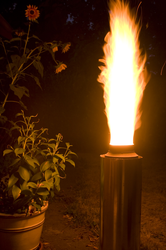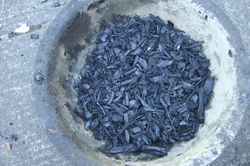- Getting an interview schedule can be helpful. Going through a bit of my computer graphics book made it easier to field several of the questions.
- A standard question that people ask (I’ve asked it myself) is, “tell me about something that you’re worked on that you feel good about and what was your contribution to it.” I didn’t really have an impressive answer to this.
- A bunch of the questions were about how to handle certain situations. These are often best answered in terms of work already done. when doing this, I repeated used my most recent work, but I’d done much more. I could have squeezed in references to those.
- Back in the 90s my dept (I’ve been in the same dept for the whole 15 years I’ve been at Intel), we had a lot of buzz around the CS concepts/books of the day. Code Complete, 10 things for better c++, and design patterns. We don’t really do that anymore. From the schedule, I knew they would ask me about Design Patterns, but I didn’t brush up on them thinking that I’d lived it. The problem was, I forgot the names of most of the patterns, so during the interview, I probably gave the appearance of figuring it out as I went along more than actually knowing it. Either way, the key learning here is that I need to be sure to review stuff I already know and make sure I stay up to date with current trends. Not just for interviewing, but to make sure I know it.
- If someone asks me a riddle type question that I’ve already seen, after I telling them I already know the answer, instead of just giving it to them, explain the logic behind it anyway. It feels a bit car saleman not to.
Interview skills



















